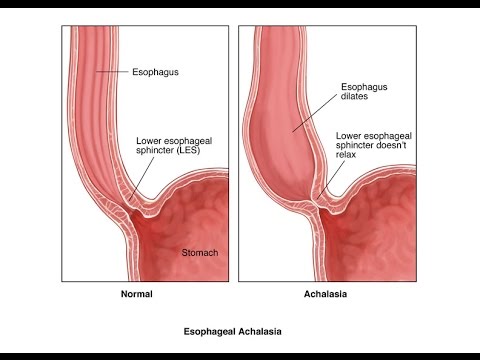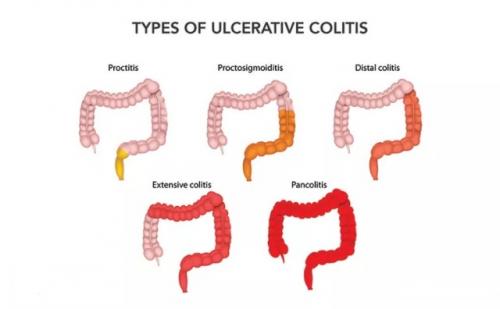Associated with Achalasia and How You Can Work Around With
Achalasia is a swallowing disorder of the esophagus where the nerve of the esophagus becomes damaged and dilated over time, as a result of which, the patient is unable to swallow food into the stomach. In such cases, food collects in the esophagus, ferments, and sometimes washes back into the mouth. As per medical science, currently, there is no sure shot cure for achalasia but an early diagnosis and a well-managed endoscopy or surgery can lower the risks associated with it.

What is Achalasia?
An esophagus in a body is responsible for transporting food from the mouth to the stomach. Food and liquid which we swallow go down through this pipe to the stomach. The area where the esophagus meets the stomach is called the lower esophagus sphincter. The contraction and expansion of these muscles allow the food to enter the stomach and not get back into the esophagus.
Patients who get achalasia are unable to contract the LES muscles, preventing the food from entering the stomach.
Achalasia develops gradually, making it hard to swallow anything over a period of time. Since it has no cure, an early diagnosis on the basis of symptoms and sometimes various therapies may help to cure the disorder. If you are living in metropolitan cities like Delhi, you may take the help of an Achalasia Doctor in Delhi to get a hold on the disorder, preventing further risks associated with it.
What causes Achalasia?
Achalasia is caused by the loss of nerve cells that manage the contraction and expansion of swallowing muscles, but healthcare experts are still not able to identify why this nerve breakdown happens. Here are some of the possible reasons listed below which may result in the breakdown of nerves, leading to achalasia:
- Having a rare genetic history
- An immune system disorder which may result in attacking the nerve cells of the esophagus
- A viral infection
Risks Associated with It
Some of the complications associated with the Achalasia disorder are food backing up into the esophagus and then drawing into the windpipe leading further to the lungs.
However, treatments can prevent long-term complications of Achalasia, but an idea of the risks associated with it and an early diagnosis with the help of a specialist may help in preventing the severe health risks. Here are some of the complications listed below related to Achalasia:
- Aspiration Pneumonia: This is caused when the food or any liquid retreats back from the esophagus into your throat drawing into your lungs. This may result in severe breathing issues due to swelling and inflammation of the lungs.
- Pulmonary Infections: Achalasia may often come with a risk of pneumonia which is a common type of lung infection. Pneumonia affects the patient’s lungs air sacs, leading to difficulty in breathing, chest pain, and fever.
- Esophageal Perforation: Esophageal perforation results due to a hole in the esophagus. This is usually caused by prolonged forceful retching of the esophagus or treatments like surgery or endoscopy, making the walls of the esophagus weak and bulge. In worst cases, patients with esophageal perforation also come at the risk of infections.
- Esophageal Cancer: It begins with damaging the cells that line the inner portion of the esophagus and may result in difficulty in swallowing food, chest pain, and weight loss.



Comments